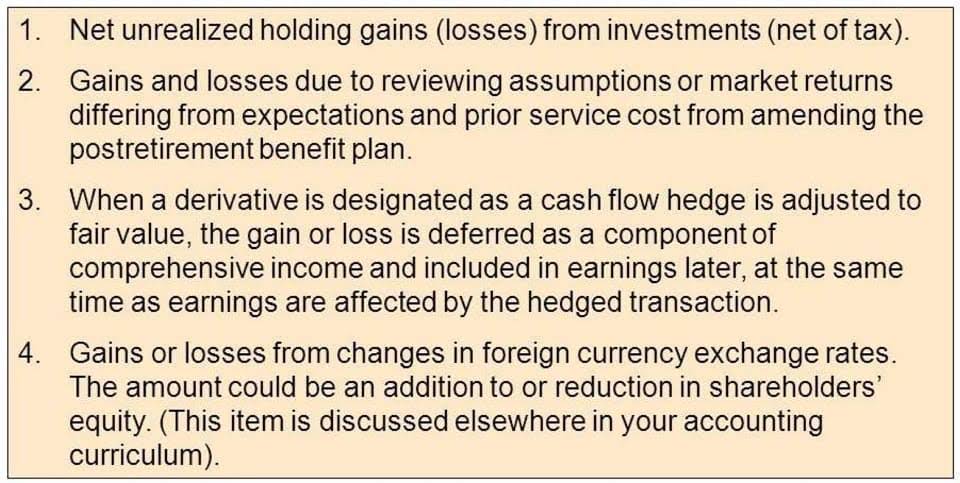Prepaid Expenses Journal Entry Definition, How to Create, & Examples
Content

The value of the asset is then replaced with an actual expense recorded on the income statement. Whether you’re new to F&A or an experienced professional, sometimes you need a refresher on common finance and accounting terms and their definitions. BlackLine’s glossary provides descriptions for industry words and phrases, answers to frequently asked questions, and links to additional resources. Timely, reliable data is critical for decision-making and reporting throughout the M&A lifecycle. Without accurate information, organizations risk making poor business decisions, paying too much, issuing inaccurate financial statements, and other errors.

Prepaid insurance is the portion of an insurance premium that has been paid in advance and has not expired as of the date of a company’s balance sheet. Prepaid concepts follow the matching principle and wait to recognise expenses until they are incurred. This idea is consistent with accrual accounting, where income and expenses are recorded in their actual incurred period, not necessarily in the paid period. Let’s say that Bill’s Retail Store pays its insurance premiums every six months. The policy is renewed after six months, and Bill then pays ₹700 for a seven-month extension.
Why Are Prepaid Expenses Classified as a Type of Asset?
If so, these types of purchases require special attention in your books. BlackLine Account Reconciliations, a full account reconciliation solution, has a prepaid amortization template to automate the process of accounting for prepaid expenses. It stores a schedule of payments for amortizable items and establishes a monthly schedule of the expenses that should be entered over the life of the prepaid items. Additional expenses that a company might prepay for include interest and taxes. Interest paid in advance may arise as a company makes a payment ahead of the due date. Meanwhile, some companies pay taxes before they are due, such as an estimated tax payment based on what might come due in the future.

Using the concept of the journal entry for prepaid expenses below is the journal entry for this transaction in the books of Company-B at the end of December. Once the journal entry for prepaid expenses has been posted they are then arranged appropriately in the final accounts. In this article, we’ll explore different types of prepaid expenses, how to account for them, and common mistakes https://www.bookstime.com/ to avoid to ensure accurate financial reporting. Due to the typical nature in which certain products and services are sold, the majority of corporations will possess at least one type of prepaid expense. With that, there are three popular examples of prepaid expenses frequently incurred by businesses. – Notable examples of prepaid expenses would be rent and insurance payments.
Prepaid Expenses vs Accrued Expenses
This process ensures that the financial statements accurately reflect the timing and impact of the expenses on the company’s financial position and performance. One common mistake is failing to adjust the prepaid expense account as the expense is used. Another mistake is recording prepaid expenses as expenses when they should be recorded as assets. It’s also important to ensure that the expense is recognized in the correct period, as recording it in the wrong period can skew financial statements. Whenever a payment representing the early payment of an expense has been made, a prepaid account (e.g., prepaid insurance) will need to be debited, whilst the cash account must be credited. This thereby notes that the prepayment is a type of asset on the firm’s balance sheet.

The adjusting entry on January 31 would result in an expense of $10,000 (rent expense) and a decrease in assets of $10,000 (prepaid rent). These are both asset accounts and do not increase or decrease a company’s balance sheet. Recall that prepaid expenses are considered an asset because they provide future economic benefits to the company. Prepaid expenses are payments made for goods or services that will be received in the future. Instead, prepaid expenses are first recorded on the balance sheet; then, as the benefit of the prepaid expense is realized, or as the expense is incurred, it is recognized on the income statement. The monthly adjusting journal entries will be shown on both the company’s income statement (as a $4,000 expense) and on the company’s balance sheet as a $4,000 reduction to the prepaid expense asset account.
Is there any other context you can provide?
Because the expense expires as you use it, you can’t expense the entire value of the item immediately. Record a prepaid expense in your business financial records and adjust entries as you use the item. Because of how certain goods and services are sold, most companies will have one or more prepaid expenses. For example, the purpose of insurance is to buy proactive protection for the future. No insurance company would sell insurance that covers a past event, so insurance expenses must be prepaid by businesses. Prepaid expense amortization is the method of accounting for the consumption of a prepaid expense over time.
Then in the accounting year, when an expense is utilized, the prepaid expense account will be credited, and the actual account to which such expense relates is debited. The prepaid expense account initially seems to be an expense, but it is recorded as a current asset in the company’s balance sheet. Over time, the amount is charged to the income statement whenever it gets realized. Businesses cannot deduct the full amount of prepaid expenses in the current financial period but have to defer some amount for the subsequent accounting periods. The journal entry involves debiting the prepaid expense account, which represents the amount paid in advance, and crediting the cash account to reflect the payment made. By doing so, the company properly accounts for the prepaid expense and ensures that it is appropriately recognized in the financial statements.
As previously explained, prepaid expenses are to be recorded as a type of current asset on the firm’s balance sheet. On the contrary, all accrued expenses have to be reported as a form of current liability on the balance sheet. This is because accrued expenses are costs that the business incurs but has not made the payment for at the end of a financial period. With that, do not prepaid insurance journal entry allow the term “expenses” in “prepaid expenses” to deceive you. Despite its name, prepaid expenses are not recorded as expenses upon their initial payment. It is only as the benefit of the purchased product or service gets realised over time the value of the asset would be reduced, and thus, the corresponding amount would be expensed to the firm’s profit and loss statement.
Also known as deferred expenses, recording these expenses is part of the accrual accounting process. It requires you to record expenses when they’re incurred, accounting for them at that time. If you’re using cash basis accounting, you don’t need to worry about prepaid expenses. In cash accounting, you only record an expense when money changes hands. Instead, they provide value over time—generally over multiple accounting periods.
